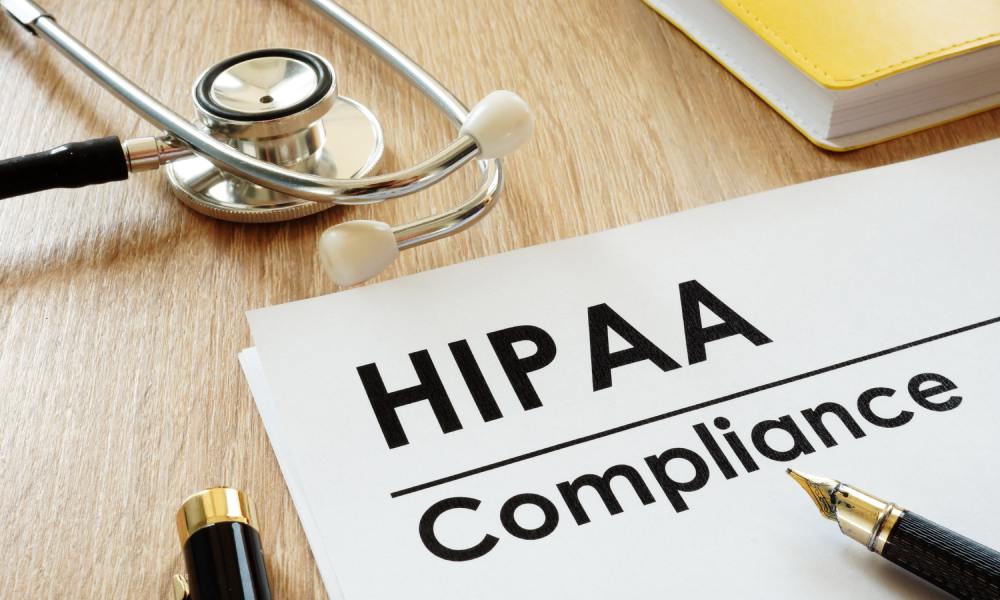Patient privacy is a cornerstone of healthcare, fostering trust and upholding ethical standards. For healthcare practices, maintaining HIPAA compliance requires constant vigilance to prevent data breaches. Proactively managing data security protects both your patients and your practice from potential risks.
Learning to identify and address privacy gaps in your practice allows you to fortify your data protection measures and maintain patient trust. This overview provides actionable steps for assessing and strengthening your privacy protocols.
Conduct Regular Risk Assessments
A risk assessment forms the foundation of a complex data security strategy. This process involves a thorough review of your practice’s administrative, physical, and technical safeguards.
- Administrative Review: Examine policies and procedures related to patient data handling. Ensure that staff training on privacy protocols occurs regularly.
- Physical Security: Inspect the physical security of your facility. Confirm that file cabinets containing protected health information (PHI) remain locked and that computer screens stay hidden from public view.
- Technical Safeguards: Evaluate your IT infrastructure. This includes assessing network security, access controls, and data encryption methods to guard against cyber threats.
Completing these assessments helps pinpoint vulnerabilities before they lead to a breach.
Evaluate Staff Training and Awareness
Staff are your primary defense against unauthorized access to patient information. Gaps in their knowledge pose privacy risks. Implement ongoing training that covers HIPAA regulations, data security best practices, and your practice’s privacy policies.
This training should also include simple protection methods, such as closing doors during consultations and handling calls discreetly. A well-informed team significantly reduces human error, a frequent cause of data breaches.
Strengthen Access Controls
Controlling who can access patient data is key to preventing unauthorized viewing or use of PHI. A strong access control system should operate on the principle of “minimum necessary” access, meaning employees are granted permission to view only the information required for their specific job functions.
Here are a few quick tips for managing access:
- Assign unique user IDs to every team member.
- Implement strong password requirements and mandate frequent changes.
- Regularly review and update access permissions, especially when an employee’s role changes or they leave the practice.
Secure Communication Channels
Digital communication improves efficiency, but unsecured channels pose a serious threat to patient privacy. All electronic communications containing PHI must use secure, HIPAA-compliant platforms. This applies to emails, text messages, and patient portals. Using encryption for all digital transmissions adds another layer of security, making data unreadable to unauthorized parties.
Properly managing data security is an ongoing commitment. By regularly conducting risk assessments, training your staff, and securing your communication channels, you can effectively identify and address privacy gaps in your practice. These measures help you build a culture of privacy that protects your patients and strengthens your reputation.








